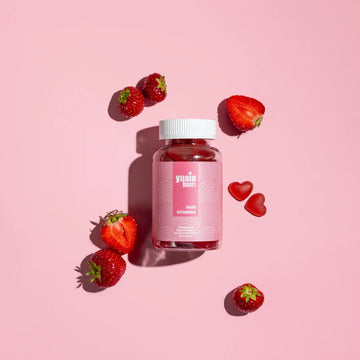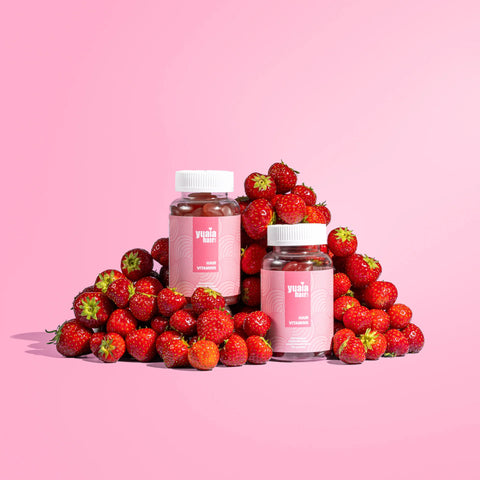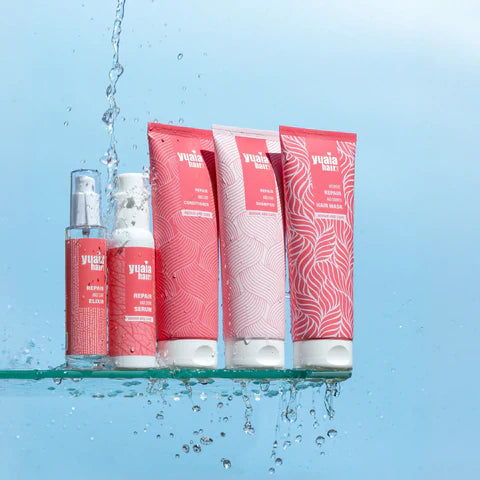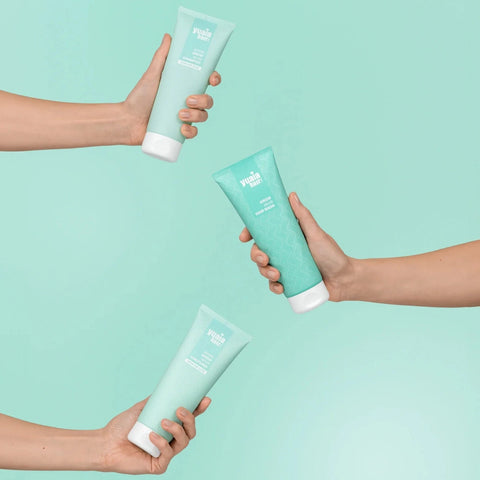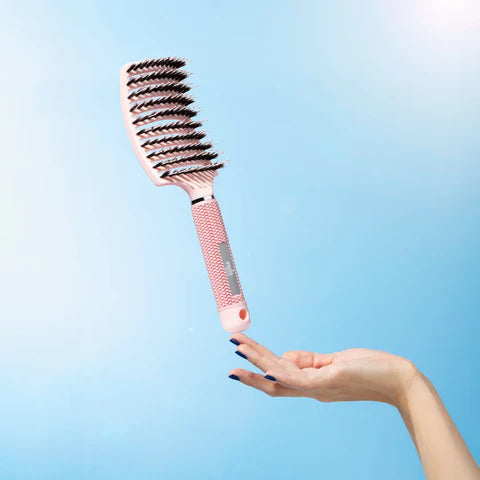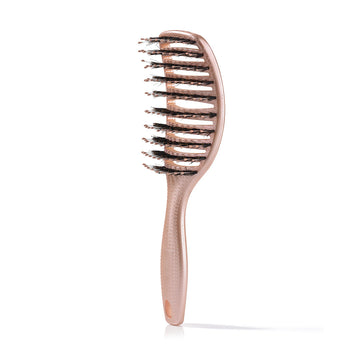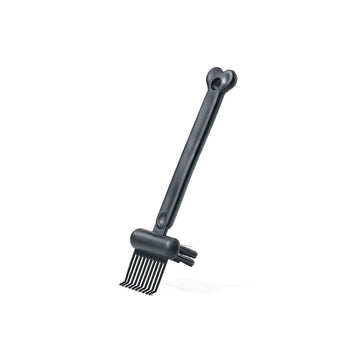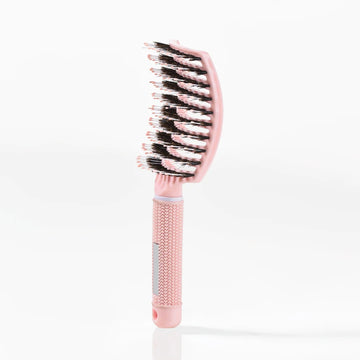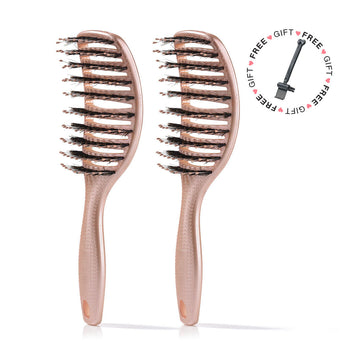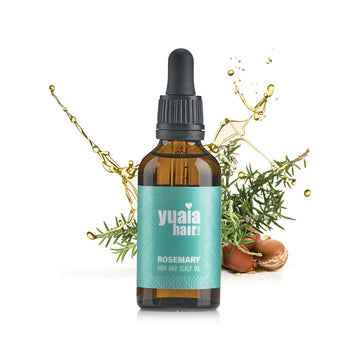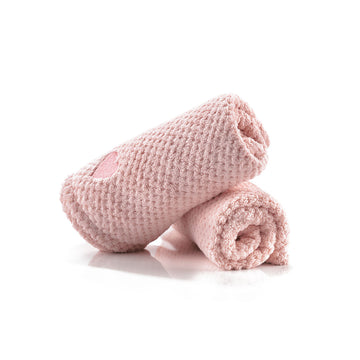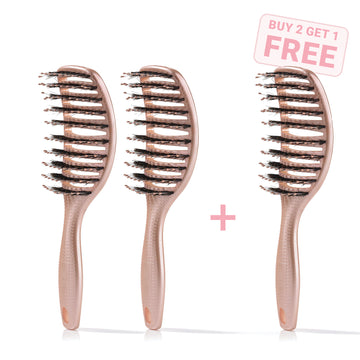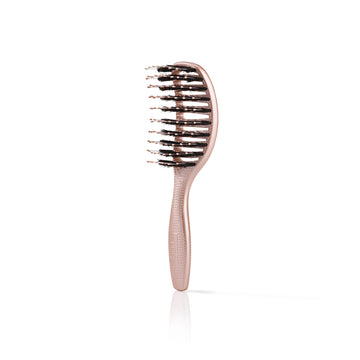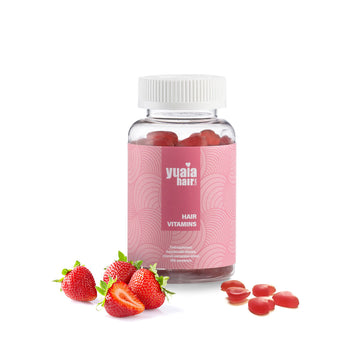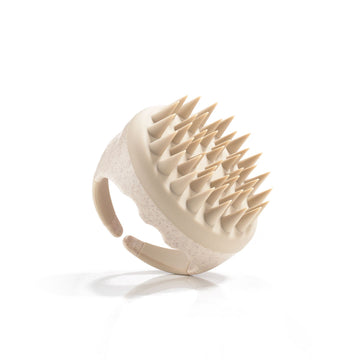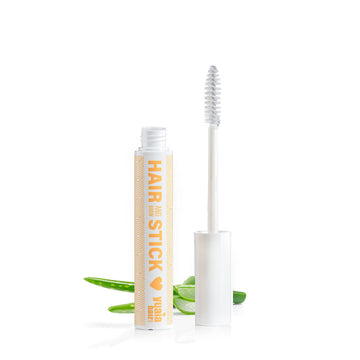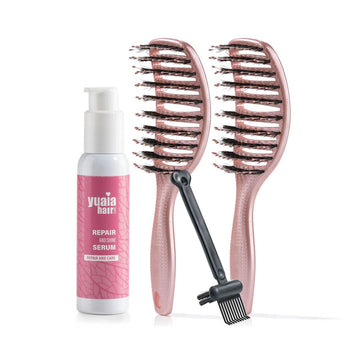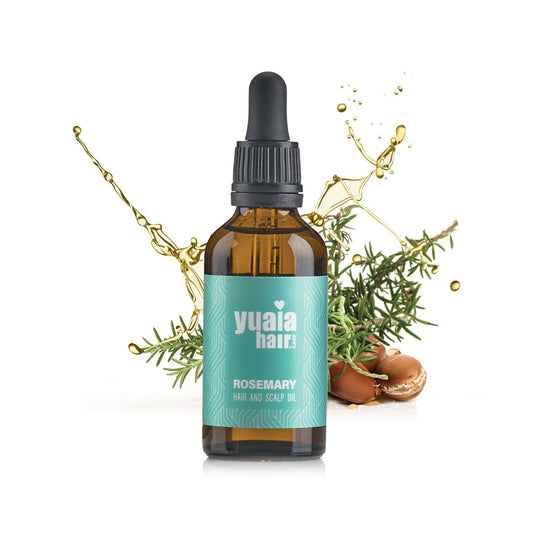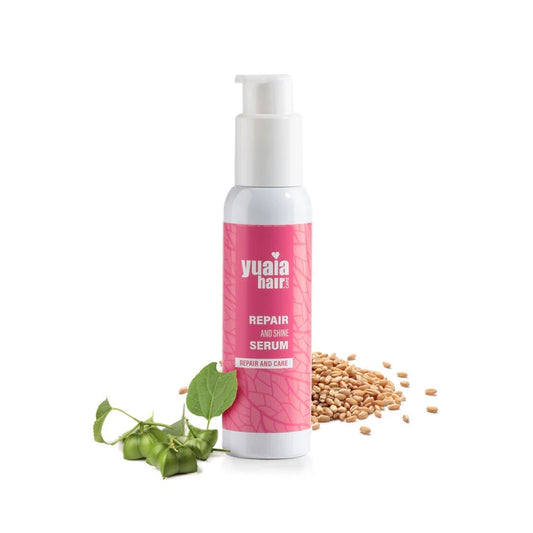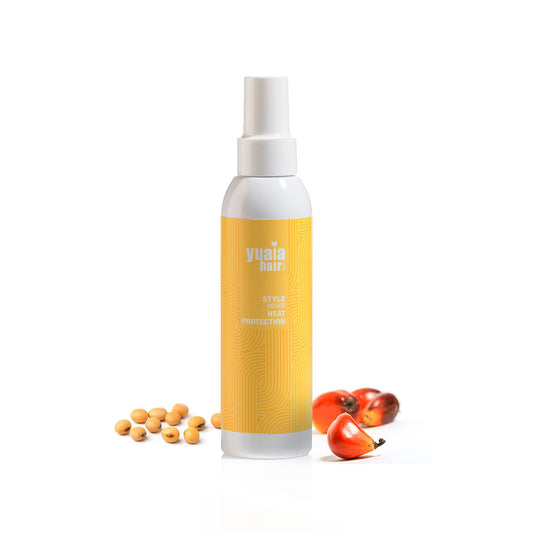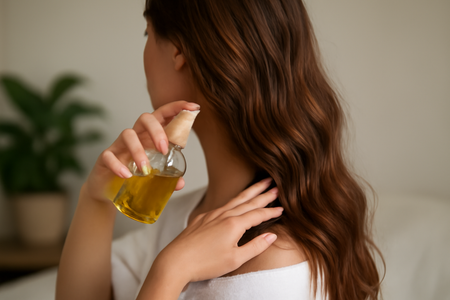
Choosing oils by smoke point and benefits
When it comes to natural heat protection, selecting the right oils is essential. The effectiveness of an oil as a heat protectant largely depends on its smoke point, which is the temperature at which the oil begins to burn. Using oils with high smoke points can provide a more robust barrier against heat damage.
Here are some oils that are particularly beneficial for protecting hair from heat:
- Grapeseed oil: With a smoke point of 420°F, grapeseed oil is excellent for thick or curly hair. It is rich in antioxidants and vitamin E, which helps maintain normal hair.
- Almond oil: This oil has a smoke point of 430°F and is known for its easy absorption and vitamin-rich composition, making it a great choice for nourishing hair.
- Avocado oil: With a high smoke point of 520°F, avocado oil is ideal for high-heat styling and offers UV protection due to its antioxidant content.
- Sunflower oil: This oil has a smoke point of 440°F and is packed with fatty acids and antioxidants, providing excellent protection and moisture.
For optimal protection, consider layering these oils or combining them with other natural ingredients. This approach ensures that your hair receives comprehensive care without exceeding the smoke point of the oils used.
Commercial vs. natural/DIY solutions
While DIY solutions offer a natural approach to heat protection, they may not always match the effectiveness of commercial heat protectants. Commercial products often contain silicones that coat the hair, providing a more uniform shield against high temperatures. However, for those seeking a natural alternative, certain commercial products incorporate plant-based ingredients that balance performance with a more natural approach.
For example, our rosemary hair oil offers a natural way to nourish and protect hair. This oil can be applied before styling to help shield the hair from heat while adding a healthy shine.
Ultimately, the choice between DIY and commercial solutions depends on individual preferences and hair needs. While natural ingredients provide a gentle and eco-friendly option, commercial products can offer enhanced protection, especially when styling at higher temperatures.
Additional tips for minimizing heat damage
Beyond using natural heat protectants, there are several practices you can adopt to minimize heat damage:
- Adjust styling practices: Use lower temperature settings on your styling tools and limit the frequency of heat styling to reduce stress on your hair.
- Post-styling care: Apply nourishing serums or oils after styling to aid in hair recovery and maintain its health.
Incorporating these strategies, along with using natural heat protectants, can significantly enhance hair health and reduce the risk of damage from heat styling.
Common questions about natural heat protection
What are the best oils for heat protection?
When selecting oils for heat protection, it's important to consider their smoke points and benefits for different hair types. Grapeseed oil, with its high smoke point of 420°F, is great for thick or curly hair. Almond oil, with a smoke point of 430°F, absorbs easily and is rich in vitamins. Avocado oil, boasting a smoke point of 520°F, is ideal for high-heat styling and offers UV protection. Sunflower oil, with a smoke point of 440°F, provides excellent moisture and protection due to its fatty acid content.
How often should I use natural heat protectants?
The frequency of using natural heat protectants depends on how often you style your hair with heat. It's generally advisable to apply a heat protectant every time you use styling tools. This ensures that your hair is consistently shielded from potential damage. For those who style their hair frequently, incorporating natural protectants into your routine can help maintain healthy hair.
Can natural ingredients fully replace commercial heat protectants?
While natural ingredients offer a gentle and eco-friendly option for heat protection, they may not always match the efficacy of commercial heat protectants, especially for high-heat styling. Commercial products often contain silicones that provide a more uniform shield against heat. However, natural methods can be a valuable alternative for those seeking to minimize chemical exposure while still protecting their hair from moderate heat.
Tips for minimizing heat damage
To further protect your hair from heat damage, consider adopting some additional practices. Adjusting your styling practices by using lower temperature settings on your tools and limiting how often you use heat can significantly reduce stress on your hair. After styling, applying nourishing serums or oils can aid in recovery and maintain hair health. For instance, at Yuaia Haircare, we offer a rosemary hair oil that can be applied post-styling to help nourish and protect your hair.
Frequently asked questions
What can I do to protect my hair from heat naturally?
Using DIY solutions like aloe vera gel mixtures, coconut oil blends, and flaxseed gel can create protective barriers. Additionally, selecting oils with high smoke points, such as grapeseed or avocado oil, can provide effective protection during styling.
Are there any natural alternatives to commercial heat protectants?
Yes, natural alternatives like plant-based oils and DIY mixtures can offer protection against heat damage. However, they may not always provide the same level of protection as commercial products, especially for high-heat styling.
How can I tell if my hair is damaged from heat?
Signs of heat damage include dryness, increased breakage, split ends, and a lack of shine. If you notice these symptoms, it might be time to reassess your styling routine and incorporate more protective measures.
 2-5 day delivery
2-5 day delivery
 25.000+ satisfied customers
25.000+ satisfied customers
 Satisfaction Guarantee
Satisfaction Guarantee

